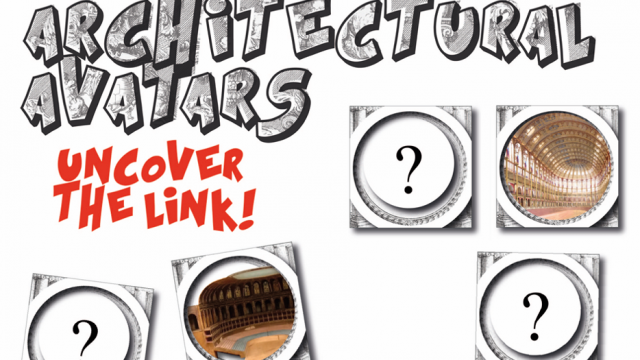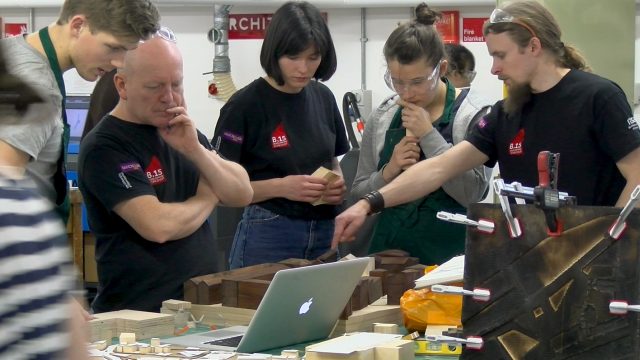A new International Research Network, funded by the AHRC, has launched at the V&A, led by Dr Simona Valeriani, Head of Early Modern Studies on the V&A/RCA History of Design programme, as Principal Investigator and Dr Olivia Horsfall Turner, Senior Curator of Designs, as Co-Investigator.
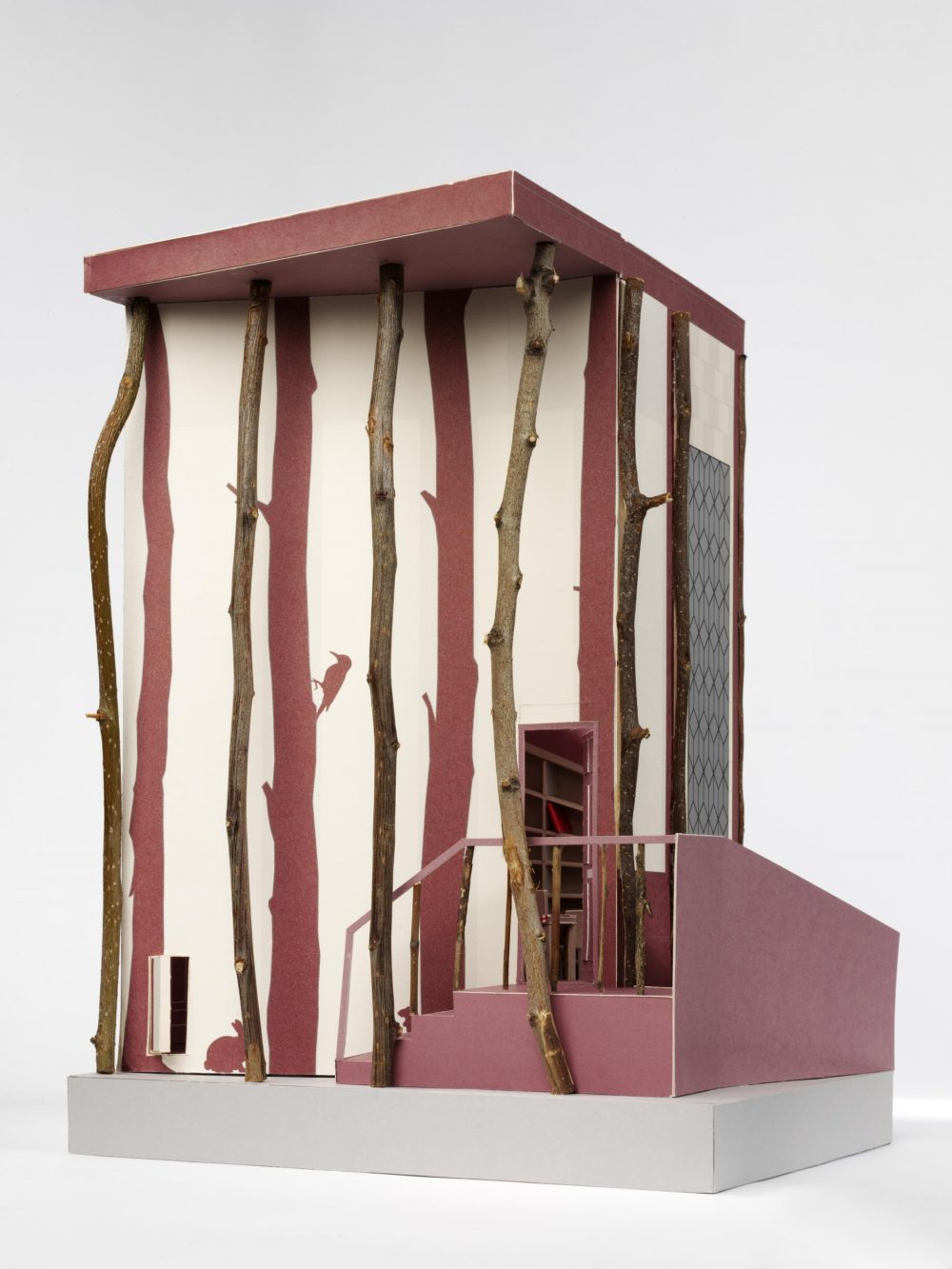
This Research Network – Architectural Models in context: creativity, skill and spectacle – has been set up to bring together all those interested in the history, current practice and future of architectural model-making. Its intention is to share knowledge, to take stock of the current state of the field, and to identify productive areas for future practice and research. The core partners of the network are the V&A, the RIBA, the Architectural Association (AA), Sir John Soane’s Museum, the Architekturmuseum (Technische Universität Munich), the MAP Laboratory (CNRS) and the Sorbonne.
The Network’s central theme is to examine the role of architectural models within the creative process (historically and today); to consider ways in which architectural models can engage audiences with architectural and design issues; and to explore how digital technologies can be used in the creation and interpretation of models. The Network will focus on the western tradition, from the early modern period to contemporary practice.
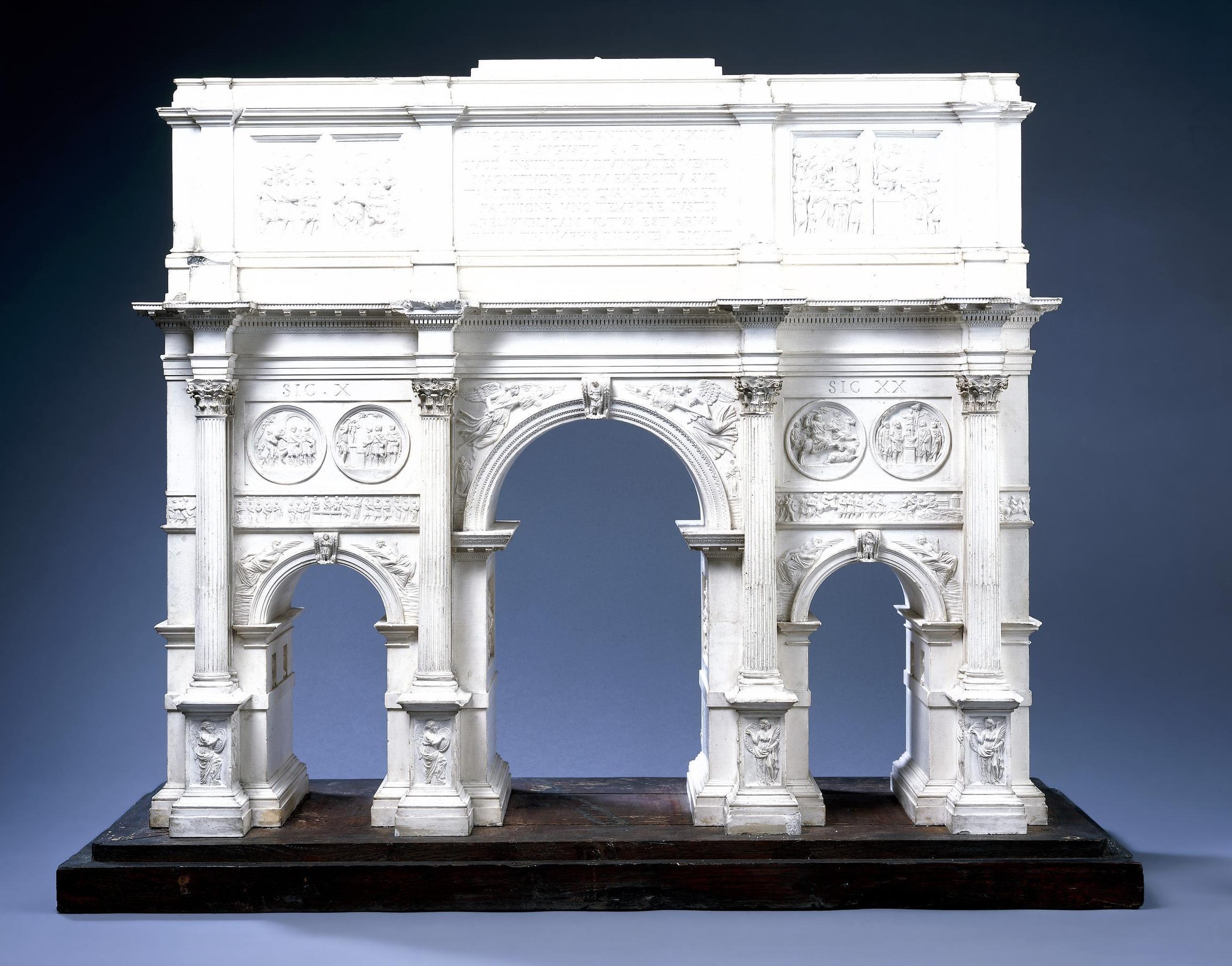
Jean-Pierre Fouquet and Francois Fouquet, France (Paris), about 1820-9 (CIRC.215-1916) © Victoria and Albert Museum, London
Architectural models are used throughout the design process. They include concept models, construction models, 1:1 models and presentation models.
Although architectural models have much in common with models produced for other purposes, the complexity of representing a building, the public impact of permanent construction and specific questions of scale set them apart. Like architectural drawings, they are tools for thought and communication; they help to make invisible design processes visible and they document moments of communication that are otherwise ephemeral.
Unlike 2D depictions, however, they directly convey the embodied 3D qualities of a building and have, since the Renaissance, been seen as the most comprehensible form of architectural representation.
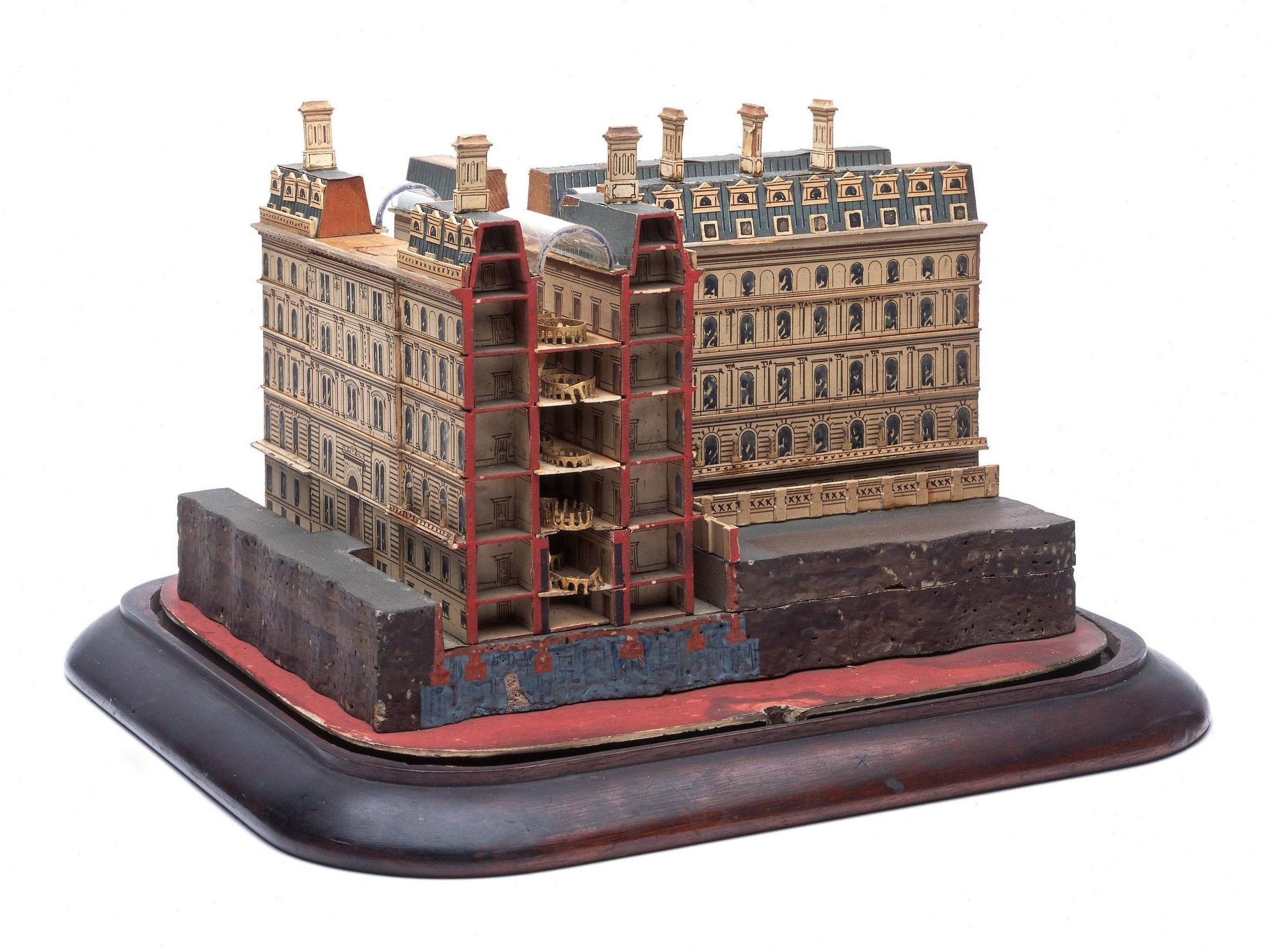
Lieutentant-General Sir Andrew Clarke, UK (London), 1869 (A.14-1973) © Victoria and Albert Museum, London
The relevance of architectural models is acknowledged by a number of different research and practice-based groups: students, architects and designers who use them; model-makers who construct them; curators who look after, display and interpret them; conservators who maintain them; and academics who research them.
This Network will build links between all these groups, as well as public audiences, in order to achieve our key objectives:
- To develop a deeper understanding of the role of the architectural model in the design process, both historically and in contemporary practice.
- To create an interdisciplinary knowledge hub for those researching, working with, or interested in models.
- To promote appreciation of the significance of models and to promote their documentation, preservation and public display.
- To develop online resources on architectural models for public and professional audiences.
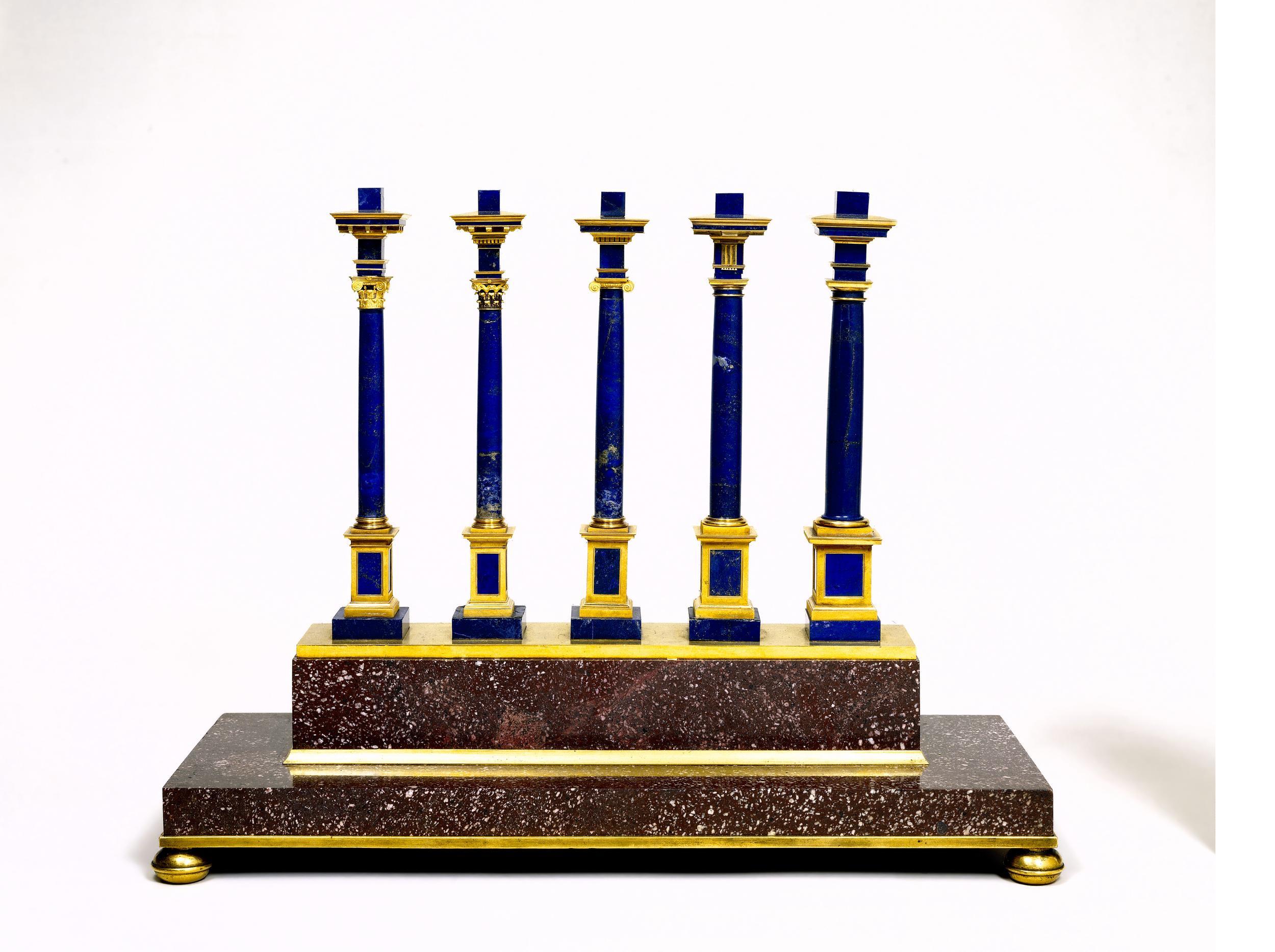
This is an exciting moment in the field of architectural models. Museums are showing a renewed interest in their model collections; digital modelling and 3D printing are diversifying the way that models can be generated; and developments in 3D scanning are offering new modes of access to museum objects in storage (which is where, owing to lack of display space, models are frequently found). Furthermore, in a period of unprecedented urban expansion, museum visitors are keen to find out more about their built environment, and architectural models provide a unique way to do that.
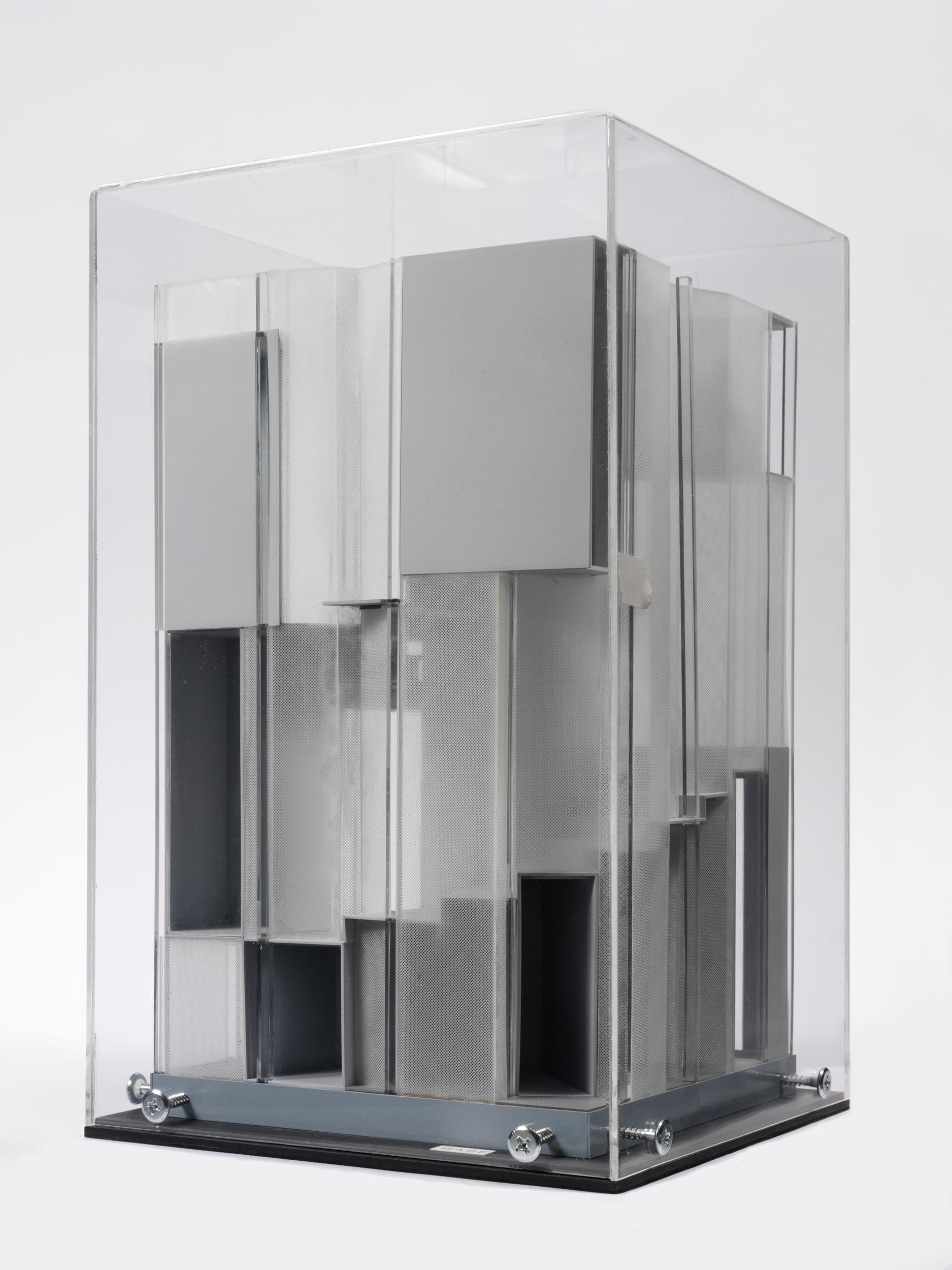
The Research Network partners are planning a number of activities, some of which will be open to the public, over the course of the Network which runs until the end of February 2019.
For the latest updates, follow us on our webpage,
Twitter: @ArchModelsNet and Instagram: @ArchModelsNet
For information or queries, please contact Dr Niamh Bhalla, Architectural Models Research Network Co-ordinator: n.bhalla@vam.ac.uk
